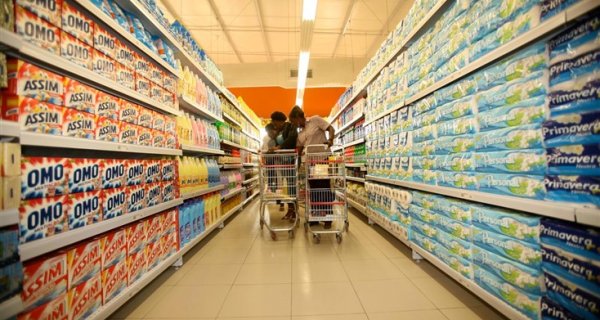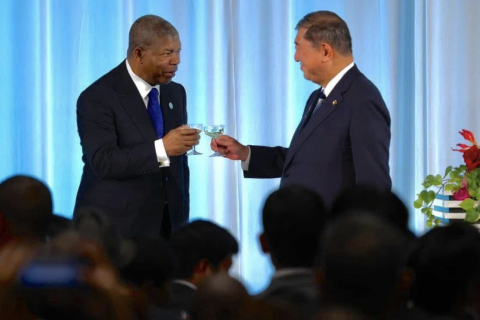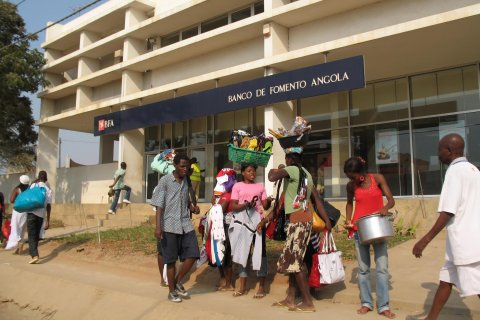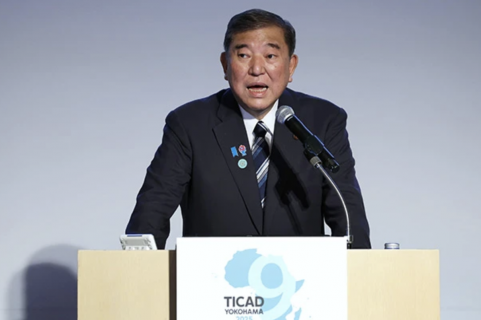"Unlike most of the rest of the world, Angola experienced solid disinflation last year, and lowered its interest rates, mainly due to a strengthening of the national currency last year, compared to 2021, and a general decline in world food prices since May 2022", write the analysts, in a comment on the evolution of prices in the country.
"The kwanza, however, has depreciated in recent quarters due to the global drop in oil prices, and we predict that it will continue to depreciate to 568.5 kwanzas per dollar at the end of 2023", it reads.
In the comment, sent to customers and to which Lusa had access, the African department of Oxford Economics considers that "the impact of this devaluation will start to show itself in a moderately higher inflation in the second half of this year, although much better than the price increase of 21.3 percent in 2021 and 12.1 percent in 2022", write the analysts.
According to the same sources, the slowdown in inflation will support a cut in the key interest rate, which "should reach 15.5 percent by the end of this year".
Inflation in Angola fell again in April in year-on-year terms, to 10.59 percent, but registered a monthly variation of 0.92 percent, the highest in the last twelve months, according to data from the National Institute of Statistics.
The National Consumer Price Index (IPCN), released on Monday, recorded a variation of 0.92 percent between March and April 2023, making it necessary to go back to May 2022 to find a more pronounced variation (0.93 Percent).
As for the consumer classes, Health had the highest price increase (1.91 percent), also highlighting the price increases verified in the Clothing and Footwear classes" (1.55 percent), Goods and services miscellaneous (1.45 percent) and Hotels, Cafes and Restaurants (1.22 percent).
The Food and non-alcoholic beverages class was the one that most contributed to the increase in the general price level with 0.53 percentage points during the month of April, followed by the Miscellaneous Goods and Services classes, with 0.10 percentage points, Health , with 0.07 percentage points and Apparel and Footwear with 0.06 percentage points, while the remaining classes had contributions of less than 0.06 points.
The year-on-year variation stood at 10.59 percent, a decrease of 15.20 percentage points compared to that observed in the same period of the previous year.
Comparing the current year-on-year change with that recorded in the previous month, there was a deceleration of 0.22 percentage points, while in monthly terms there was an acceleration of 0.02 points.







